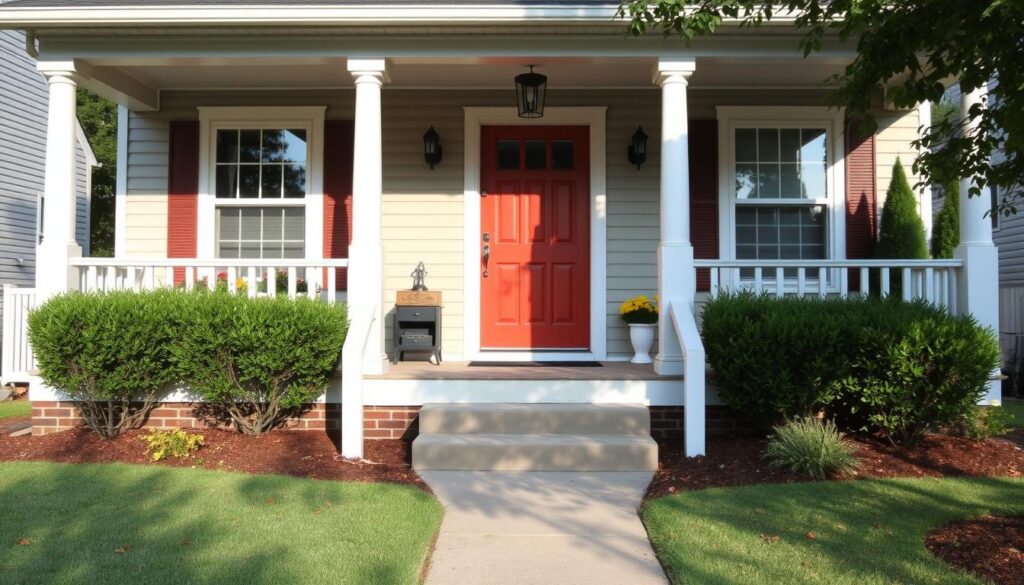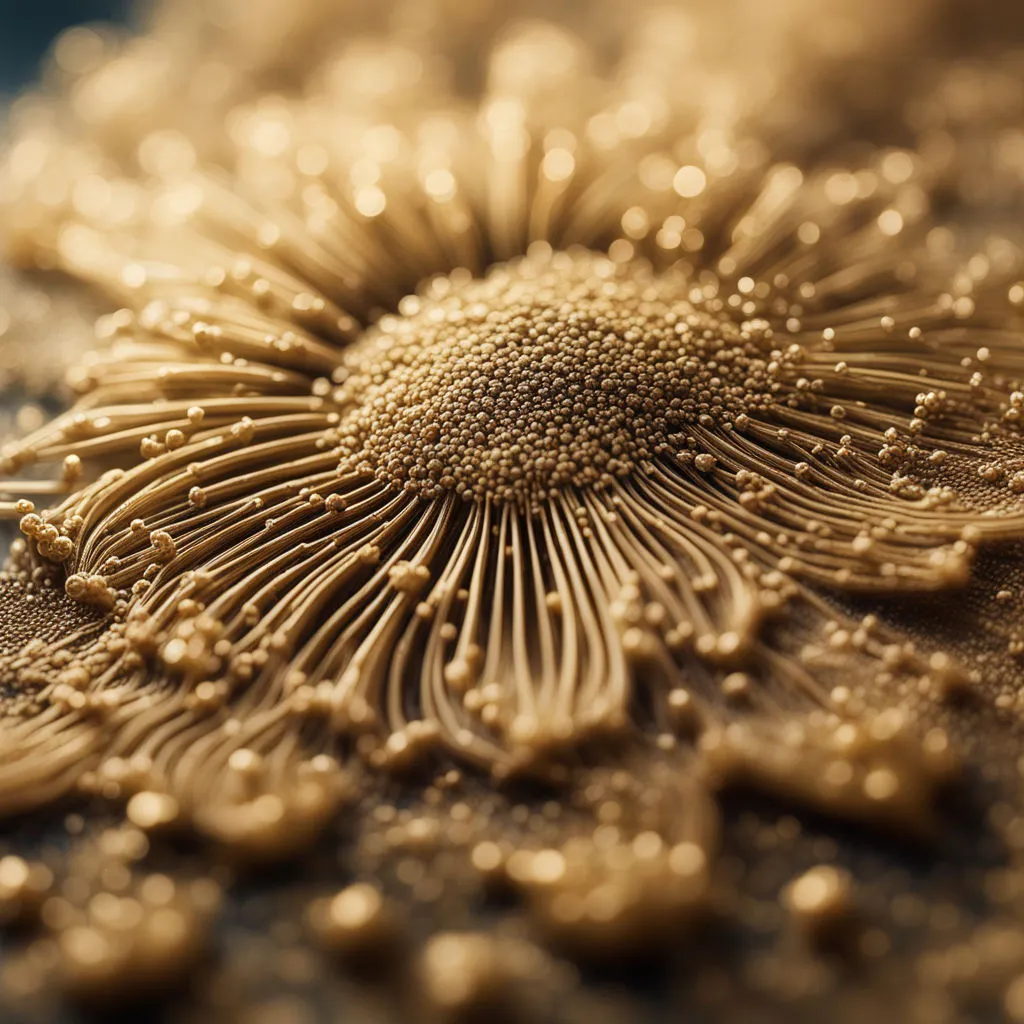Mold is a common issue that landlords and property managers face, especially in humid climates like New Jersey. It not only poses health risks to tenants but can also lead to significant property damage and costly repairs. Preventing mold in rental properties is crucial for maintaining a healthy living environment and protecting your investment. Here are some essential tips to help you prevent mold in your New Jersey rental properties.
Understanding Mold and Its Risks
Mold is a type of fungus that thrives in moist, warm environments. It can grow on almost any surface, including walls, ceilings, carpets, and furniture. Mold spores are microscopic and can easily spread through the air, making it difficult to control once it starts growing. The presence of mold can lead to various health issues, including respiratory problems, allergic reactions, and infections. For landlords, mold can also result in property damage, legal liabilities, and decreased property value.
1. Control Humidity Levels
One of the most effective ways to prevent mold is to control the humidity levels in your rental properties. Mold thrives in environments with high humidity, typically above 60%. To keep humidity levels in check:
- Use Dehumidifiers: Install dehumidifiers in areas prone to moisture, such as basements, bathrooms, and kitchens. Ensure that the dehumidifiers are regularly maintained and emptied.
- Ventilate Properly: Encourage tenants to use exhaust fans in bathrooms and kitchens to remove excess moisture. Ensure that these fans are vented to the outside and not into the attic or other enclosed spaces.
- Monitor Indoor Humidity: Invest in hygrometers to monitor the humidity levels in your rental properties. Aim to keep indoor humidity levels between 30% and 50%.
2. Address Water Leaks Promptly
Water leaks are a common cause of mold growth. Even minor leaks can create the perfect conditions for mold to thrive. To prevent mold, it’s essential to address water leaks promptly:
- Inspect Regularly: Conduct regular inspections of your rental properties to check for signs of water leaks, such as water stains, dampness, or musty odors.
- Repair Leaks Immediately: If you discover a leak, whether it’s from a roof, plumbing, or windows, have it repaired immediately. Delaying repairs can lead to more extensive damage and mold growth.
- Check Appliances: Ensure that appliances such as washing machines, dishwashers, and refrigerators are in good working condition and not leaking.
3. Maintain Proper Ventilation
Proper ventilation is crucial for preventing mold growth. It helps to reduce moisture levels and improve air circulation:
- Install Ventilation Systems: Ensure that your rental properties have adequate ventilation systems, including exhaust fans, attic vents, and crawlspace vents.
- Use Ceiling Fans: Encourage tenants to use ceiling fans to improve air circulation, especially in rooms that tend to retain moisture.
- Open Windows: Advise tenants to open windows regularly to allow fresh air to circulate, particularly after activities that generate moisture, such as cooking and showering.
4. Keep Surfaces Dry
Mold can quickly develop on damp surfaces. Keeping surfaces dry is an essential step in mold prevention:
- Wipe Down Wet Areas: Encourage tenants to wipe down wet surfaces, such as shower walls, kitchen counters, and windowsills, after use.
- Fix Drips and Condensation: Address any drips or condensation issues immediately. For instance, if you notice condensation on windows or pipes, take steps to reduce humidity levels and improve insulation.
- Use Mold-Resistant Materials: Consider using mold-resistant materials in areas prone to moisture, such as bathrooms and basements. Mold-resistant paint and drywall can help reduce the risk of mold growth.
5. Educate Tenants
Tenant cooperation is vital in preventing mold growth. Educate your tenants about the importance of mold prevention and provide them with guidelines to follow:
- Provide Information: Give tenants information on how to maintain proper humidity levels, ventilate their homes, and keep surfaces dry.
- Set Expectations: Include mold prevention clauses in your lease agreements, outlining tenant responsibilities for maintaining a mold-free environment.
- Respond to Complaints Promptly: Encourage tenants to report any signs of mold or moisture issues immediately, and respond to their complaints promptly.
6. Conduct Regular Inspections
Regular inspections are crucial for identifying and addressing potential mold issues before they become serious problems:
- Schedule Routine Inspections: Conduct routine inspections of your rental properties to check for signs of mold, water damage, or excess moisture.
- Use Professional Services: Consider hiring professional mold inspectors or remediation services for thorough inspections and mold prevention advice.
- Document Findings: Keep detailed records of your inspections and any actions taken to address mold or moisture issues. This documentation can be valuable in case of disputes or legal issues.
7. Use Mold-Resistant Products
Investing in mold-resistant products can help reduce the risk of mold growth in your rental properties:
- Mold-Resistant Paint: Use mold-resistant paint in areas prone to moisture, such as bathrooms and kitchens. These paints contain antimicrobial agents that help prevent mold growth.
- Mold-Resistant Drywall: Install mold-resistant drywall in high-moisture areas. This type of drywall is designed to resist moisture and inhibit mold growth.
- Mold-Resistant Insulation: Use mold-resistant insulation in basements, attics, and other areas where moisture is a concern. This insulation is treated with chemicals that prevent mold growth.
8. Address Structural Issues
Structural issues can contribute to moisture problems and mold growth. Addressing these issues is essential for long-term mold prevention:
- Improve Drainage: Ensure that the property has proper drainage systems to direct water away from the building. This includes maintaining gutters, downspouts, and grading around the property.
- Repair Roofs: Regularly inspect and maintain the roof to prevent leaks and water infiltration. Repair any damaged or missing shingles promptly.
- Seal Cracks and Gaps: Seal any cracks or gaps in the building’s foundation, walls, and windows to prevent water intrusion.
Conclusion
Preventing mold in New Jersey rental properties requires a proactive approach and ongoing maintenance. By controlling humidity levels, addressing water leaks promptly, maintaining proper ventilation, keeping surfaces dry, educating tenants, conducting regular inspections, using mold-resistant products, and addressing structural issues, you can significantly reduce the risk of mold growth. Implementing these tips will help ensure a healthy living environment for your tenants and protect your investment from the damaging effects of mold.
By following these guidelines, landlords and property managers can effectively manage mold prevention and maintain high-quality rental properties in New Jersey.






